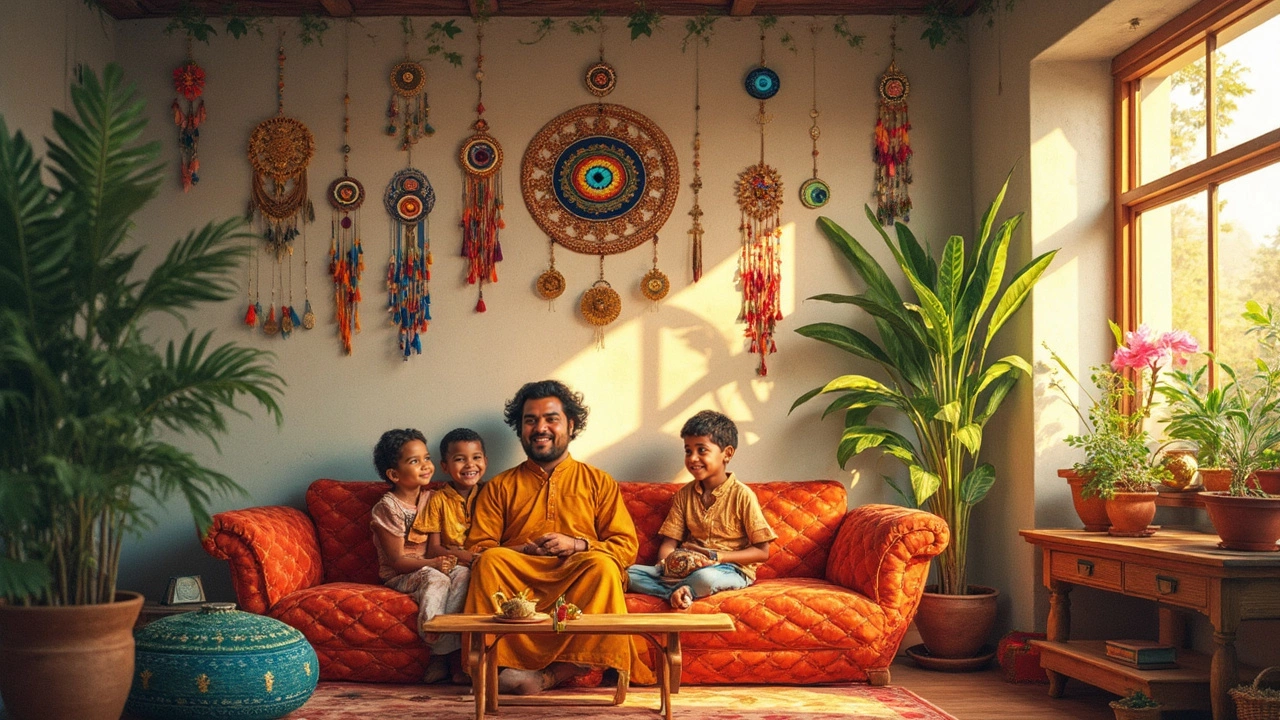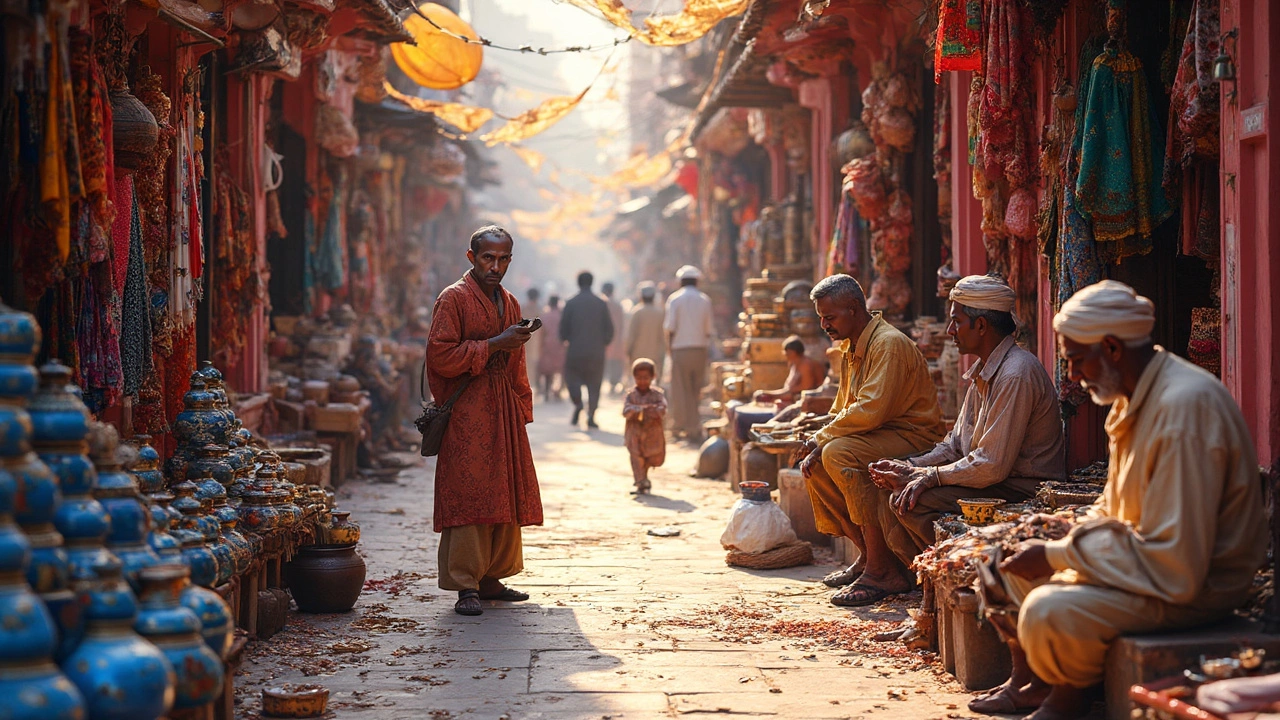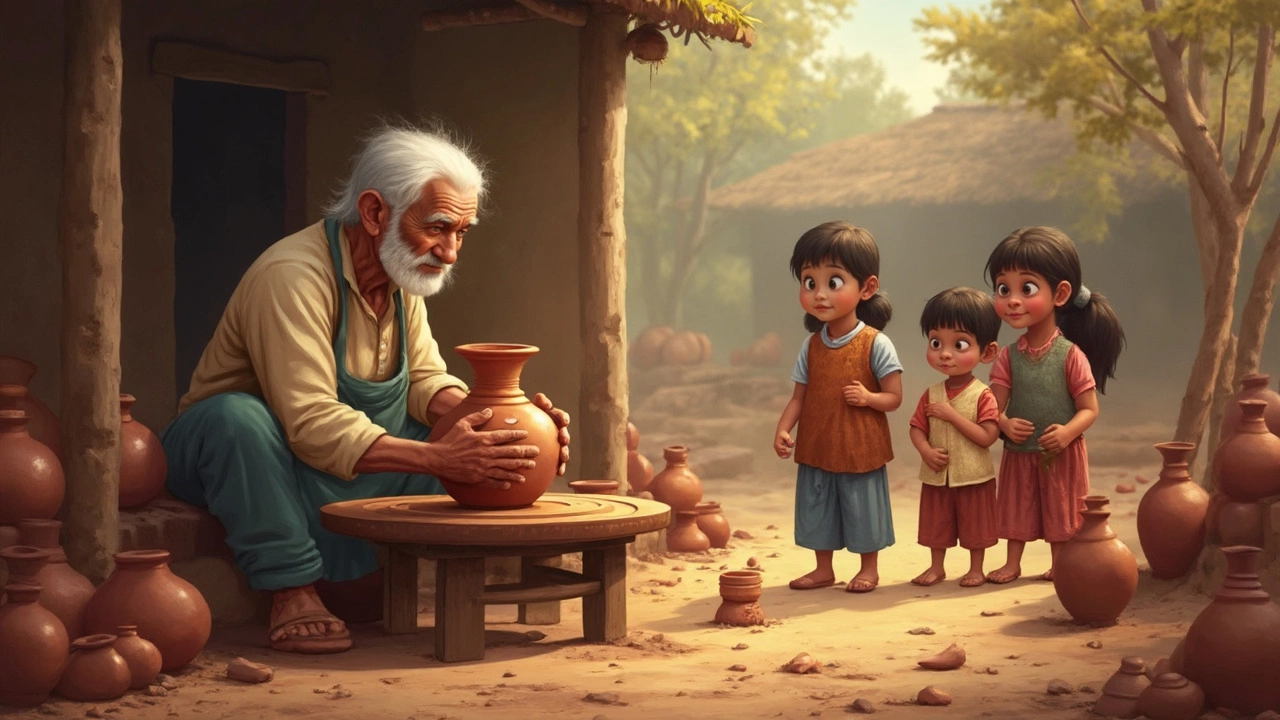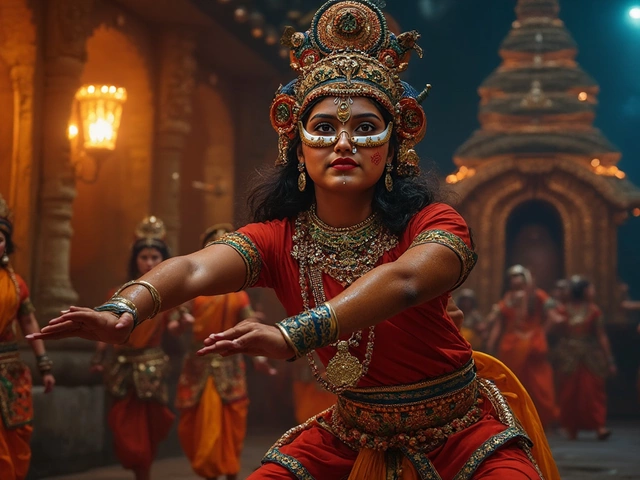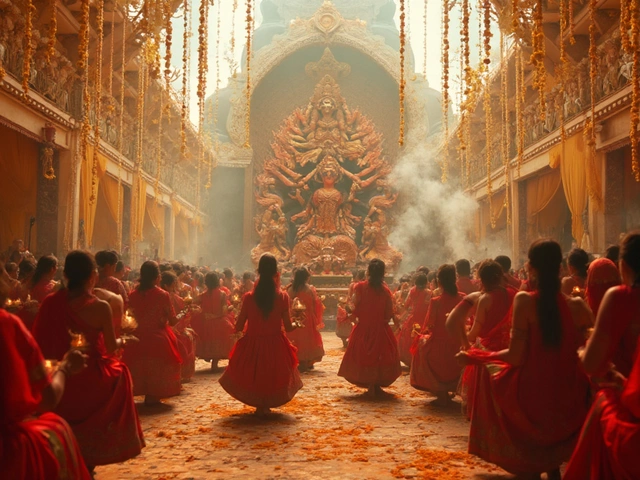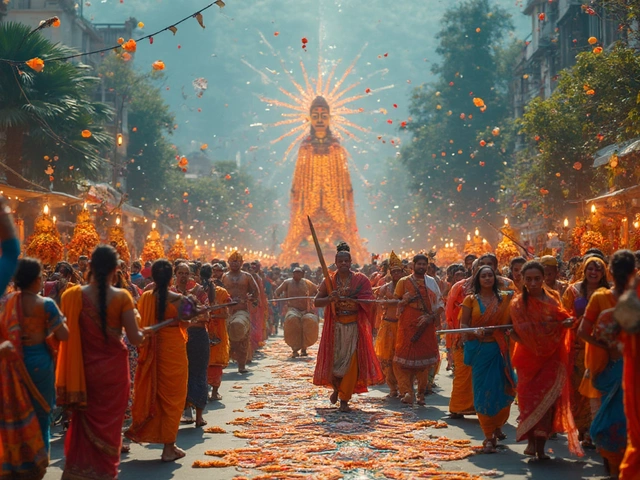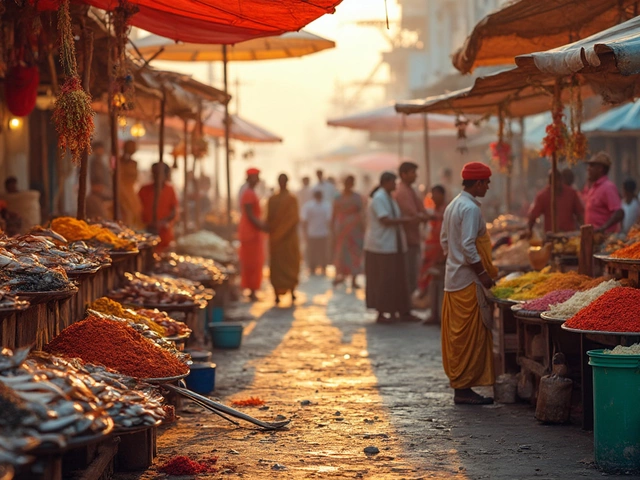Handicrafts of India: Traditional Art, Regional Styles, and Cultural Symbols
When you think of Indian handicrafts, handmade objects created using traditional techniques passed down through generations. Also known as traditional crafts, they’re more than just decorative items—they’re living stories woven into clay, thread, and metal. These aren’t mass-produced souvenirs. They’re the quiet legacy of artisans in villages and cities alike, who shape culture with their hands. From the red clay pots of Tamil Nadu to the intricate block prints of Rajasthan, each piece carries a history, a technique, and a purpose that goes beyond beauty.
What makes these crafts stick around? It’s not just nostalgia. People still use them—in homes, temples, and daily rituals. Indian pottery, one of the oldest continuous crafts in the world, dating back over 5,000 years, is still fired in open pits in rural Uttar Pradesh and molded on spinning wheels in West Bengal. Rajasthan textiles, famous for Bandhani tie-dye and block-printed cottons, are worn during weddings and festivals, not just displayed. And then there’s Jaipur crafts, the heart of India’s artisan economy, where silver jewelry, stone inlay, and blue pottery thrive. These aren’t isolated trends—they’re connected systems, where one craft influences another, and where symbols like the evil eye or the peacock show up across regions as lucky charms.
You’ll find these same threads running through every article here. Whether it’s learning which lucky charm fits your space, understanding why Jaipur earned its title as India’s craft capital, or seeing how pottery survived centuries of change, each piece gives you real insight—not just facts. These aren’t tourist guides. They’re behind-the-scenes looks at the people, places, and practices that keep India’s handmade heritage breathing. You’ll walk away knowing how to spot real pieces, what to look for when you buy, and why these crafts still matter in a world of fast fashion and plastic.
